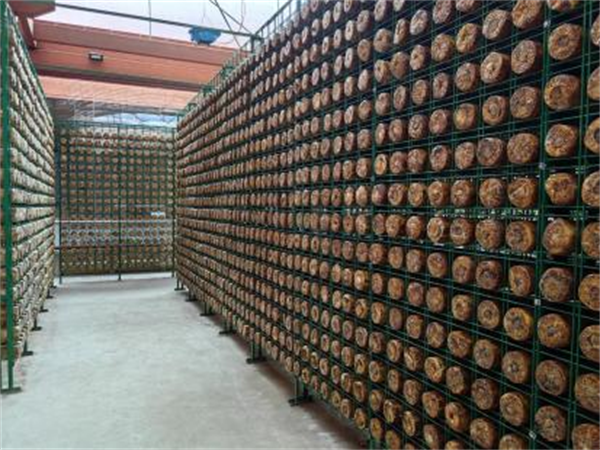Xiajin's ancient mulberry trees produce unique Sanghuang products
With the arrival of spring, Xiajin county's age-old mulberry trees come back to life, signaling a time of revival. The Ancient Mulberry Research Institute in Xiajin has become a hub for visitors who are keen to experience the subtle aroma of Sanghuang tea, a unique offering from the region.

Wild Sanghuang grows within the ancient mulberry garden along the old Yellow River course in Xiajin county. [Photo by Huo Qizhi for chinadaily.com.cn]
The Sanghuang mushroom, characterized by its hoof-like shape, has been found growing on these esteemed trees. This mushroom is praised for its versatility as both a culinary delight and a medicinal boon. These fungi are carefully gathered from the ancient mulberry trees, making Xiajin’s Sanghuang an unparalleled product.
These venerable mulberry trees, which line the ancient path of the Yellow River, have been recognized as a key global agricultural and cultural heritage site. This honor highlights the historical and cultural importance of China's most extensive collection of ancient mulberry trees, with roots tracing back to the Yuan dynasty (1271-1368).
Studies emphasize the superior quality of Xiajin's Sanghuang, pointing out the unparalleled levels of active ingredients such as triterpenes, polysaccharides it contains. Such a rich blend of components emphasizes the significant health advantages associated with Sanghuang products.

The Sanghuang cultivation workshop inside the Ancient Mulberry Research Institute in Xiajin county. [Photo by Huo Qizhi for chinadaily.com.cn]
By leveraging its ancient mulberry trees, Xiajin has developed a flourishing Sanghuang industry. The county proudly reports an annual output of 500 tons of Sanghuang, which are then processed into more than 20 different types of products. This includes 10 tons of Sanghuang tea, 30,000 cases of Sanghuang wine, and 5 million bottles of Sanghuang beverages.
Xiajin's dedication to maintaining high standards and preserving its agricultural heritage has allowed these products to not only dominate the Chinese market, but also reach international consumers, such as those in South Korea. (Edited by Cai Liting)








